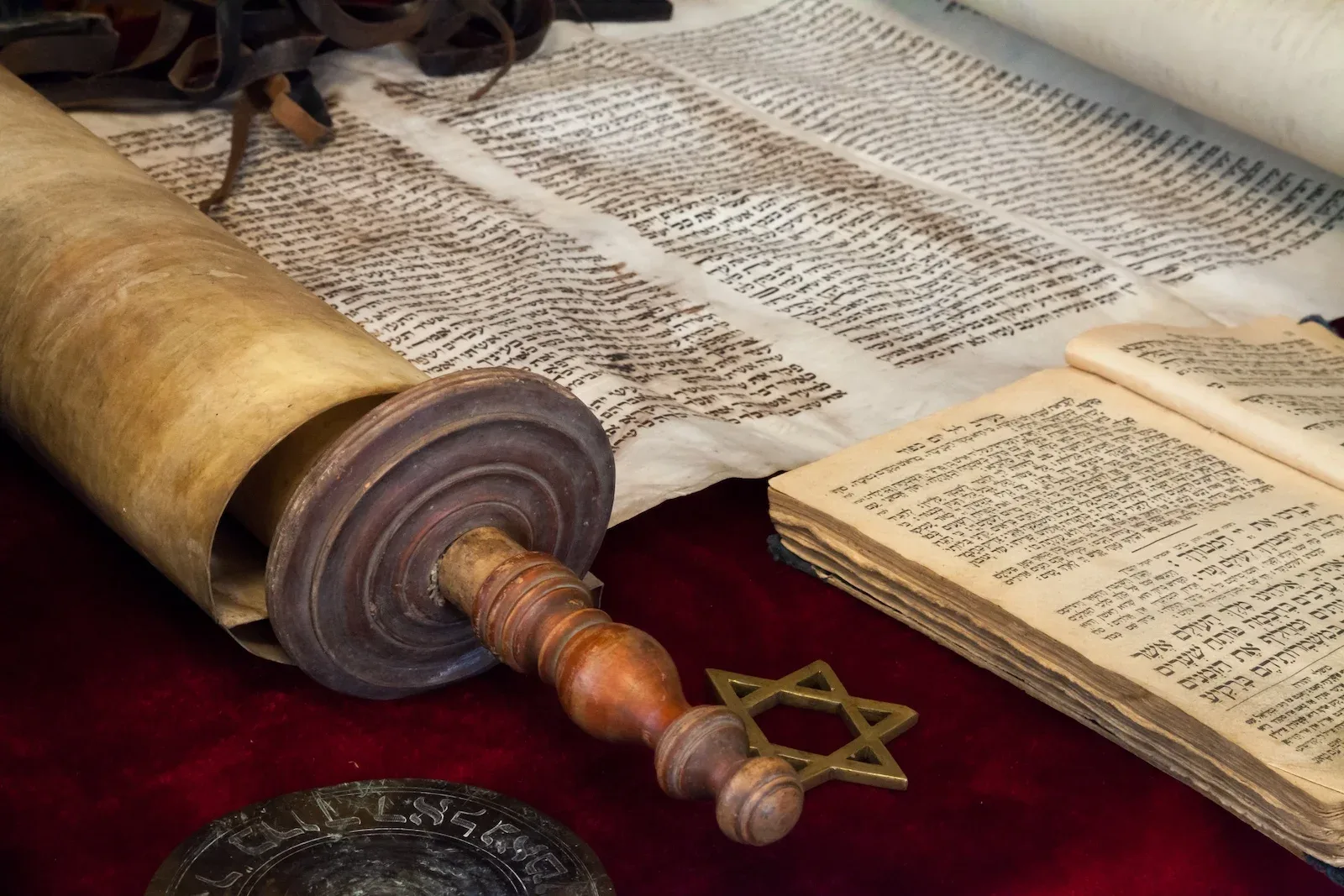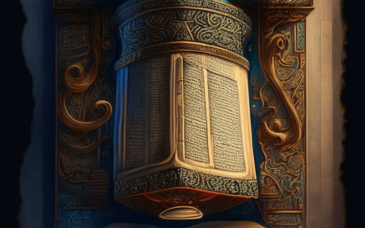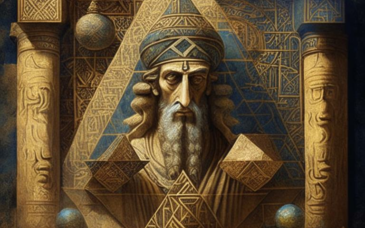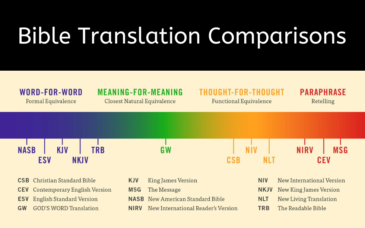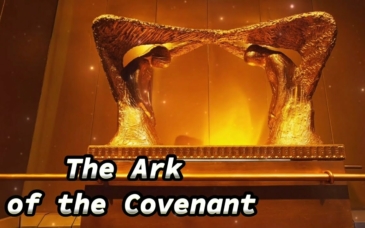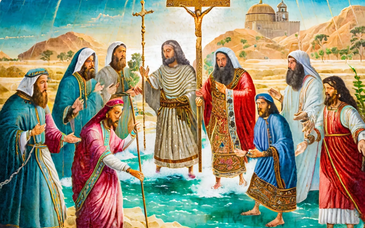For over 3,000 years, the Jewish tradition of sacred writing has continued—a meticulous, reverent exercise that connects modern-day practitioners to the ancient scribes of the Bible. From the Torah scrolls carried via the wasteland by the Israelites to the Mezuzot affixed to Jewish houses global, this lifestyle remains an instantaneous, living testimony to the unbroken spiritual lineage of the Jewish people.
The survival of this practice is not incidental. It is rooted in the belief that Hebrew letters, written in keeping with divine education, serve as conduits for holiness. Unlike printed texts, which convey which means via ink and paper, handwritten Jewish scrolls are visible as vessels of sanctity. The writing technique itself transforms parchment right into a sacred item—one imbued with spiritual strength, responsibility, and connection to the divine.
A Tradition Rooted in Biblical Law
The Torah explicitly commands the writing of sacred scrolls. In Deuteronomy 6:four-nine, the foundational passage referred to as the Shema instructs the Jewish humans to "write them at the doorposts of your private home and upon your gates." This command gave upward thrust to the Mezuzah—small parchment scrolls containing these verses, positioned in decorative instances and affixed to the entryways of Jewish homes. Similarly, in Deuteronomy 11:18, the Torah commands the sporting of Tefillin, small black leather-based boxes containing handwritten biblical passages that are bound to the arm and forehead all through prayer.
The act of writing itself is considered a divine carrier, ruled by means of strict halachic (Jewish law) rules. Every letter need to be formed exactly according to ancient scribal regulation, or even the slightest imperfection—a lacking stroke, an additional ink blot—can render a scroll invalid. This stage of precision ensures that each Mezuzah, Torah, and Tefillin scroll written these days mirrors those written hundreds of years ago.
A Sofer’s Sacred Commitment
The art of writing sacred Jewish texts is entrusted to a sofer stam—a notably trained scribe who specializes in writing Sifrei Torah (Torah scrolls), Tefillin, and Mezuzot. The identify "sofer" (scribe) is not merely a profession; it's far a non secular calling that demands intense devotion.
A sofer should adhere to a rigorous spiritual subject. Traditionally, he immerses himself in a mikveh (ritual bath) earlier than writing, keeping a nation of purity. Some scribes even fast on days they work on sacred texts, secluding themselves in quiet attention, warding off distractions, and reciting holy prayers as they write. This is not merely to ensure technical accuracy however to imbue the scroll with sanctity—each stroke of the quill guided by kavanah (holy intention).
This exercise reaches its maximum expression in the calligraphy of scribes skilled in Lurianic Kabbalah, a mystical college of Jewish concept founded through Rabbi Isaac Luria in the 16th century. According to Kabbalistic subculture, each Hebrew letter serves as a vessel for divine electricity. When written with non holy intent, those letters emerge as not simply symbols however dwelling channels of divine blessing.
The Role of Mezuzot and Sacred Scrolls within the Modern World
Despite the upward push of virtual texts and printed religious books, the demand for handwritten Jewish scrolls remains unwavering. Observant Jewish households preserve to hitch Mezuzot to their doorposts, wrap Tefillin at some point of morning prayers, and read from Torah scrolls in synagogues—ensuring that these ancient practices bear in contemporary life.
One example of a modern-day practitioner of this sacred artwork is located at Mezuzakamea, in which professional scribes uphold the best requirements of halachic precision and mystical devotion. These scribes do no longer merely write letters; they sanctify every scroll through divine names and sacred intentions, ensuring that the final product is more than a non secular artifact—it's miles a bridge among beyond and present, between the physical and the divine.
A Testament to the People of the Bible
In a global wherein many historical traditions have faded into history, the Jewish practice of sacred writing stands as a incredible testament to the staying power of religion. The very act of writing a Mezuzah or a Torah scroll today is the same as it turned into in biblical instances—keeping a millennia-antique religious connection. Each letter, meticulously inked on parchment, whispers the story of a people who've carried their sacred phrases via exile, persecution, and redemption.
For people who hold these scrolls in their palms, whether a small Mezuzah or a majestic Torah, they're not simply accomplishing ritual; they may be touching records, connecting to a lineage that stretches again to Moses, and reaffirming the unbroken covenant between the Jewish people and their God.
